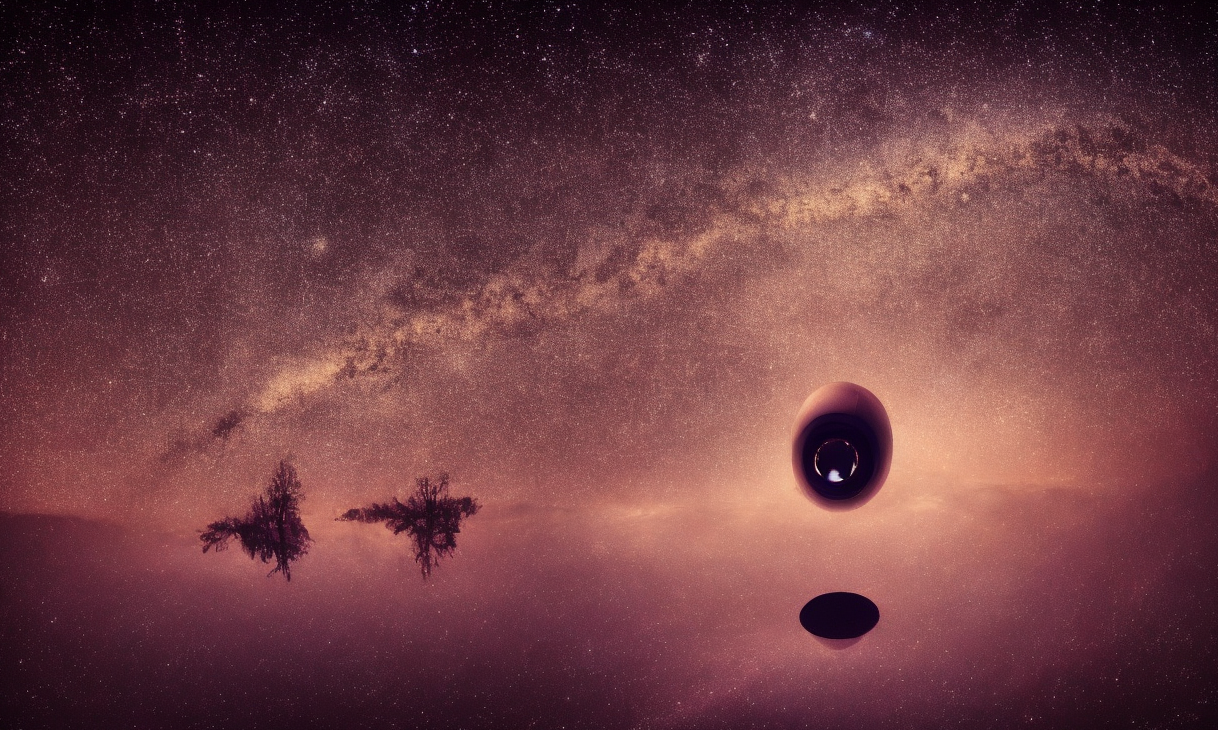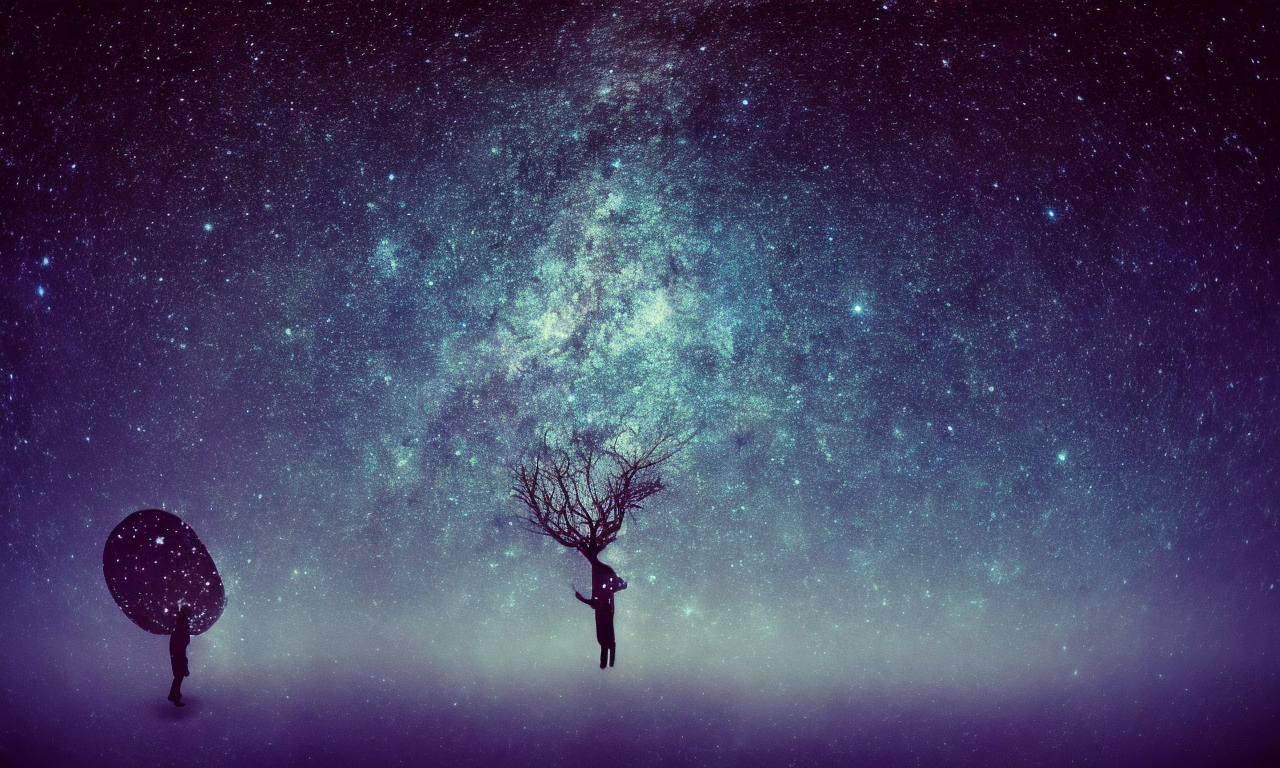Thalience
What if artificial intelligence can play a role in the evolution of the natural sciences? Rather than simply automating the scientific process, we might instead move towards what science fiction writer Karl Schroeder, in his book Ventus, calls thalience: “an attempt to give the physical world itself a voice so that rather than us asking what reality is, reality itself can tell us”.
Since the early 2000s, we have been using thalience to evoke a world where technology acts as a steward for thriving multispecies ecosystems. A concept lifted from speculative fiction, it inspired our various collaborators (both artists and engineers) to imagine future instantiations of artificial intelligence, and how these might relate to the wider world. While these technologies have developed significantly since our initial speculations, their application and use has led to a further concentration of capital and control. At FoAM, we continue speculating how it could be otherwise — envisaging technologically-enhanced interactions with plants, birds, and complex landscapes.

Thalience is an attempt to give nature a voice without that voice being ours in disguise. It is the only way for an artificial intelligence to be grounded in a self-identity that is truly independent of its creator’s. —Karl Schroeder, Ventus
Thalience suggests that significant change could emerge from within the current techno-scientific paradigm, and move beyond it. Thalience emerges as "The Successor to Science" as machine learning and artificial intelligence rework its very foundations, to enable new technologies that can support the flourishing of complex ecosystems. Marras, Amerigo, ed. ECO-TEC: Architecture of the in-Between. 1st ed. StoreFront Books 3. New York: Princeton Architectural Press, 1999. Taking this proposition as a point of departure, we have envisioned futures where machines acquire the agency to steward natural environments. Ours is a machine wilderness, where technology can coexist with natural cycles and complex populations, and becomes ever-harder to discern from elements of the “natural” world. Thalience, here, is about using technology to scaffold or choreograph multi-directional relations between the human, animal, and landscape, when each is “an active and … potent contributor to the total constellation of engagement and interaction.” Kost, Catrin, and Shumon T. Hussain. “Archaeo-Ornithology: Towards an Archaeology of Human-Bird Interfaces.” Environmental Archaeology 24, no. 4 (October 2, 2019): 337–58.
As a thought experiment, assume the universe contains a myriad of disparate sentiences, operating according to manifold logics, which remain internally consistent, yet externally incomprehensible. We might “hear their voices”, but lack the sensory or mental capacities to interpret their meaning. For more about other-than-human sensing and signalling, see Ed Yong’s An Immense World: How Animal Senses Reveal the Hidden Realms Around Us (2022) and Daniel Chamovitz’s What a Plant Knows: A Field Guide to the Senses (2013). Thalience could facilitate conversation across the umwelts of different species — bridging the diverse ways in which other-than-human entities perceive and inhabit the world; spinning webs across an abyss of metaphors laden with life of their own. How Forests Think: Toward an Anthropology Beyond the Human, Eduardo Kohn
Restitching the centuries-old tears that ripped science from its objects of inquiry and disenchanted the world, thalience sketches possible worlds beyond the conflictual oppositions of the subjective and objective, art and science. Moving beyond such dubious hierarchies of knowledge, it gestures instead to more combinatorial, fluid relationships with human and other-than-human realms. Echoing propositions in phenomenology, Indigenous sciences, feminist theory, panpsychism, or object-oriented ontology, for example.
Thalience enables agents to choose how to listen to and engage with the world. Navigating an archipelago of different worldly interpretations, thalient entities would juggle models and theories without prejudice or discrimination. Before any attempts at sensemaking, they could decide which techniques or approaches were appropriate for the circumstances or situations at hand. Sometimes, a scientific mindset would be sufficient — but other times may call for artistic, spiritual, technological, or even horticultural worldviews. In such circumstances, thalience would provide an anchor, allowing the navigator to locate themselves amid multiple models of the universe. Thalient technologies would enable agents to feel through the multiplicity; probing and testing crystalline moments refracted into a clarity of understanding and shared purpose.

Cursory Speculations on Human-Plant Interaction
❧
Further Reading & references can be found in the bibliography.